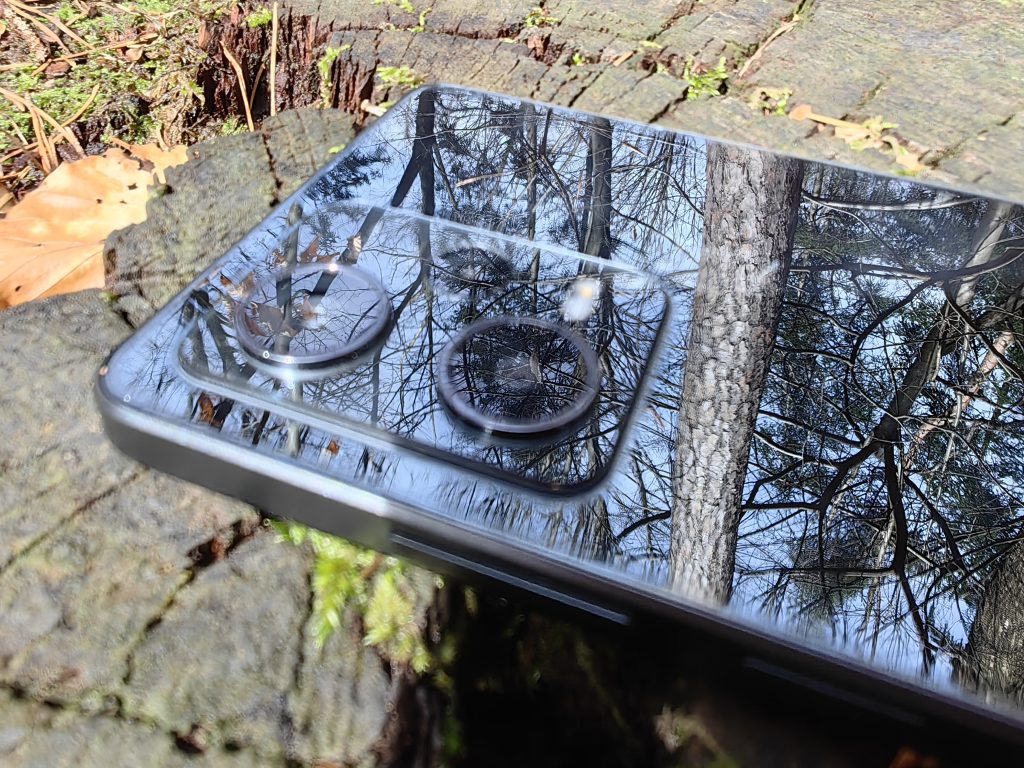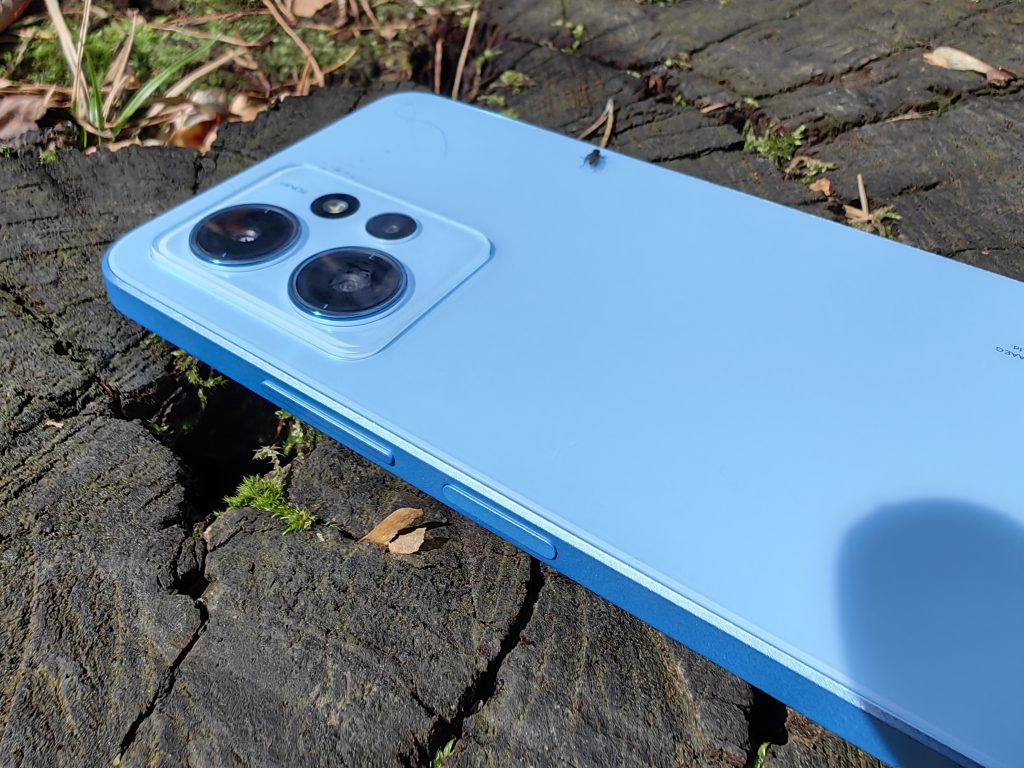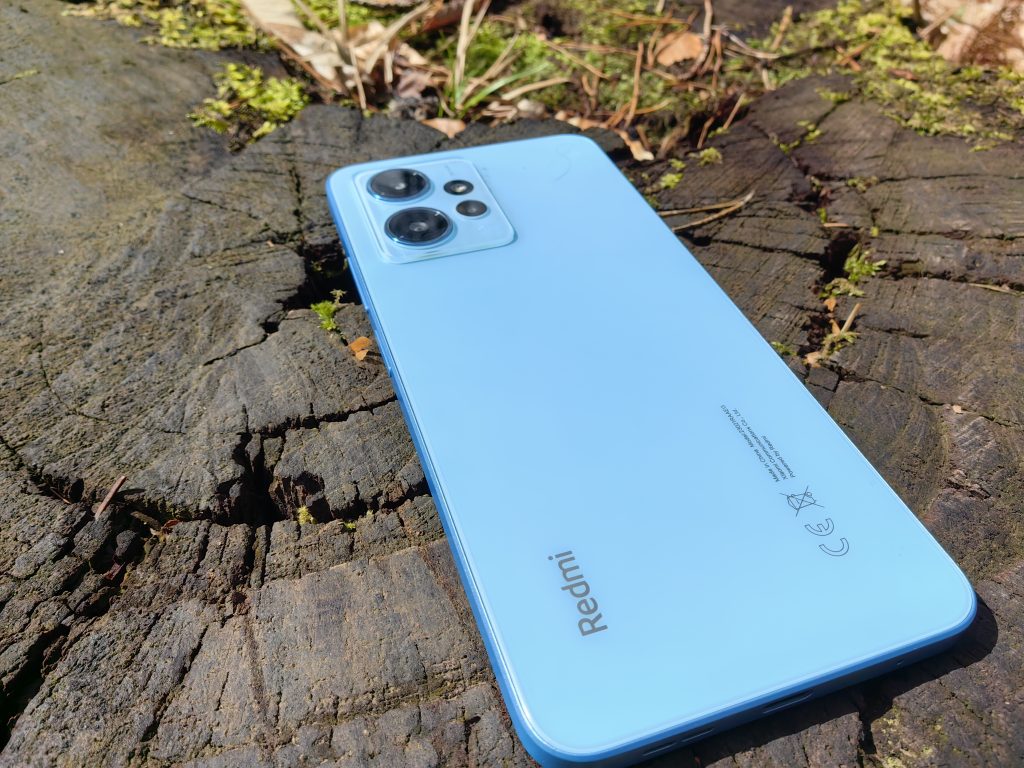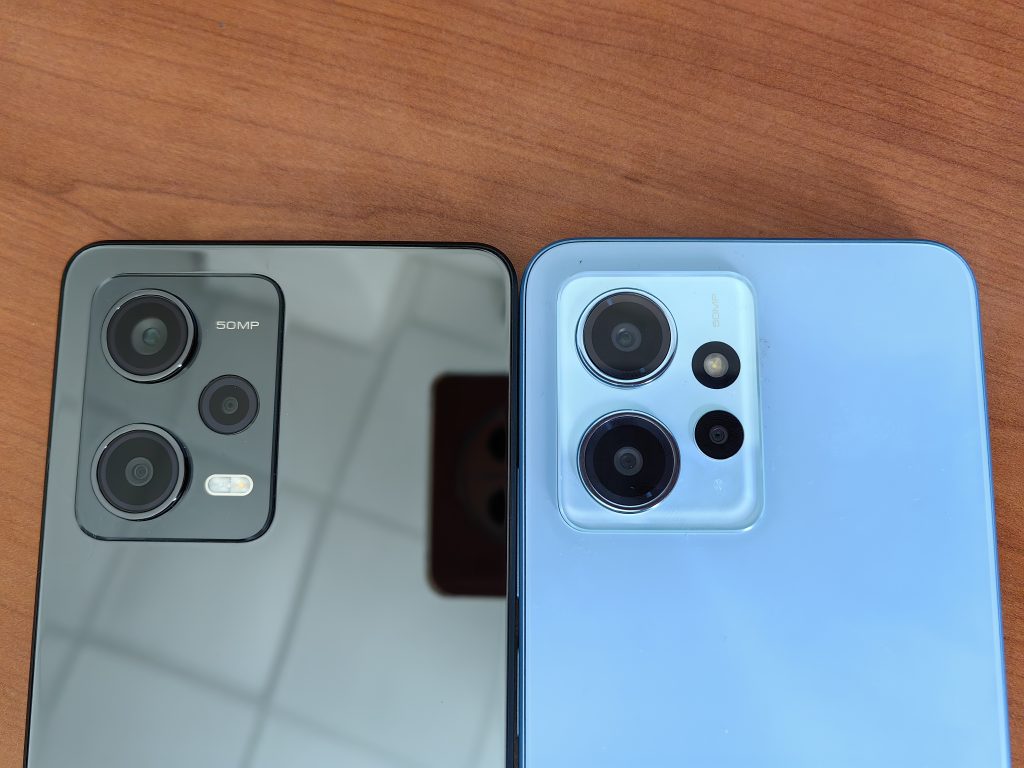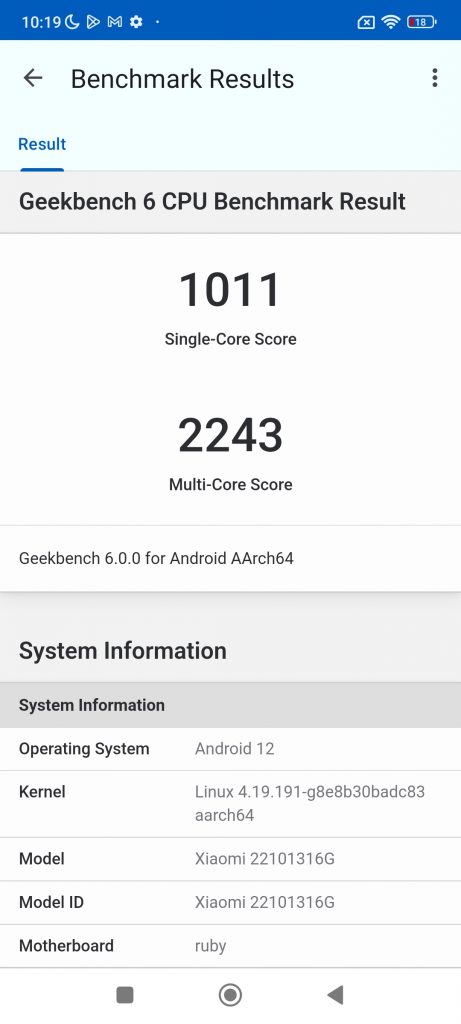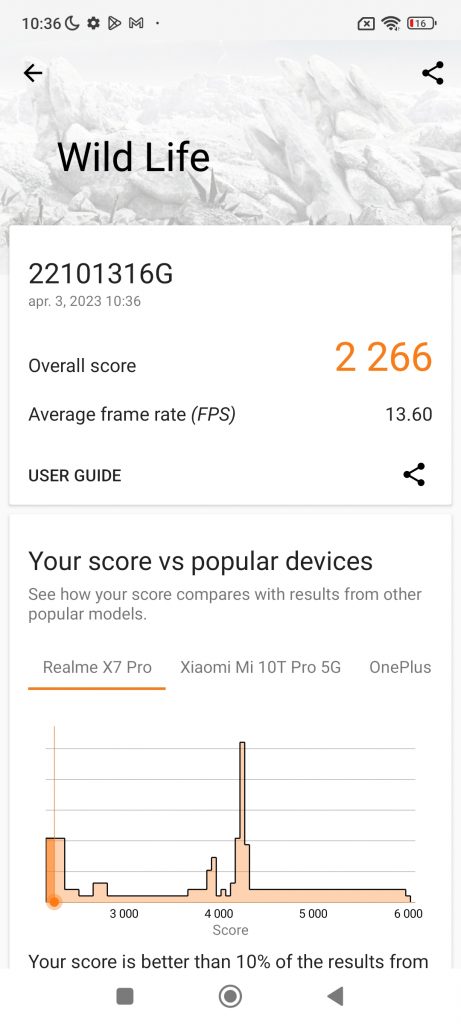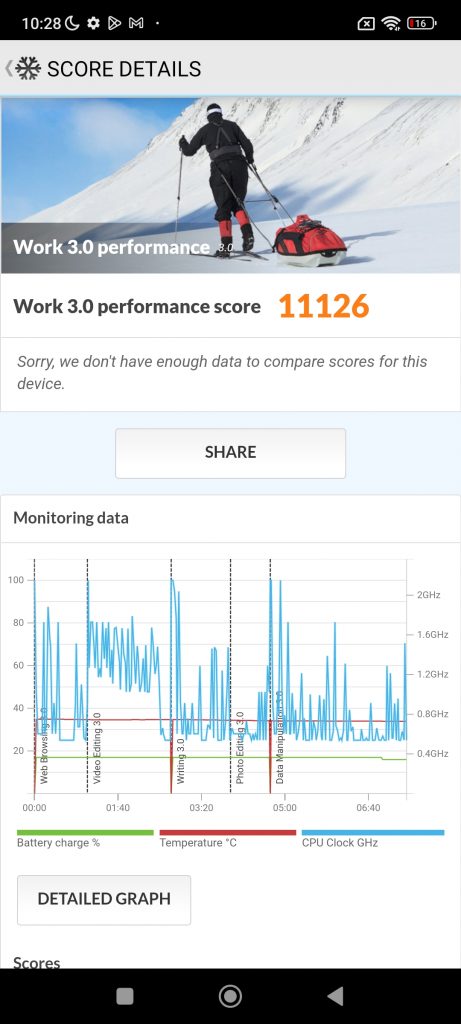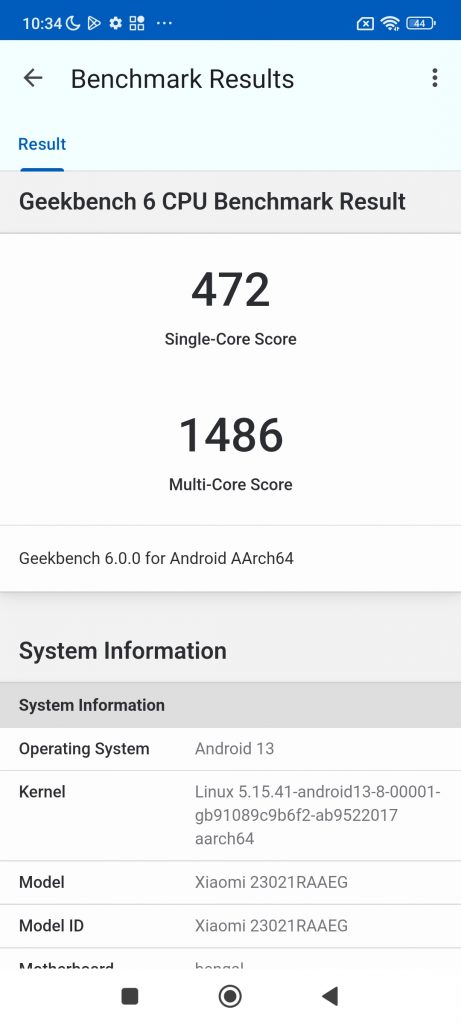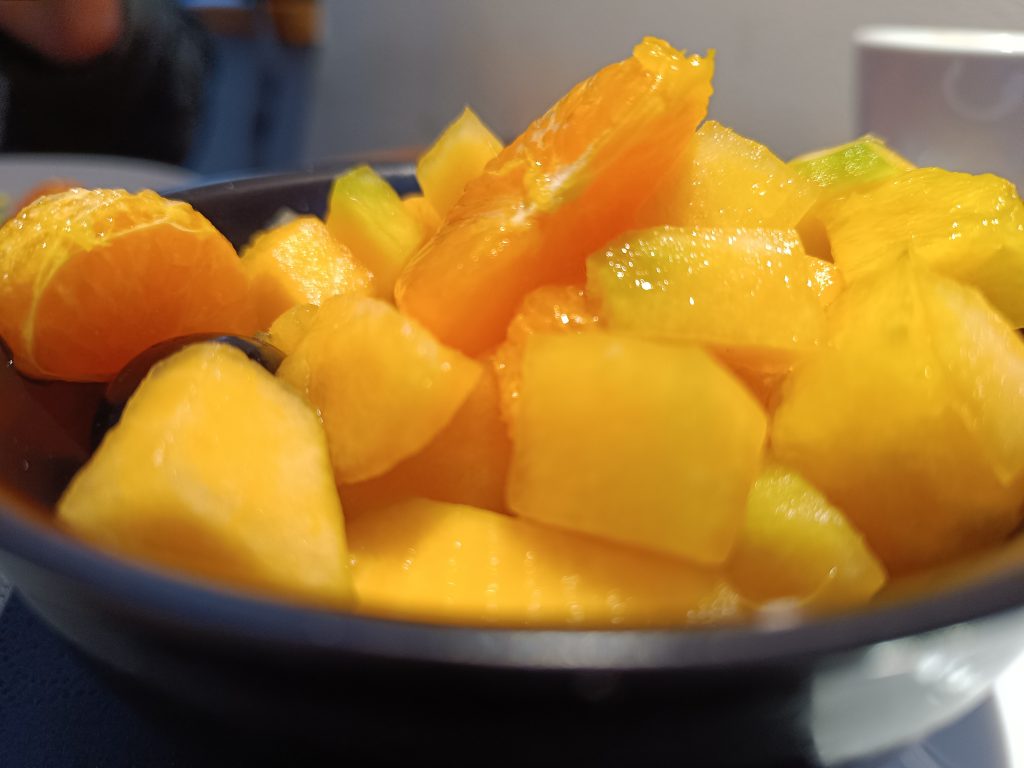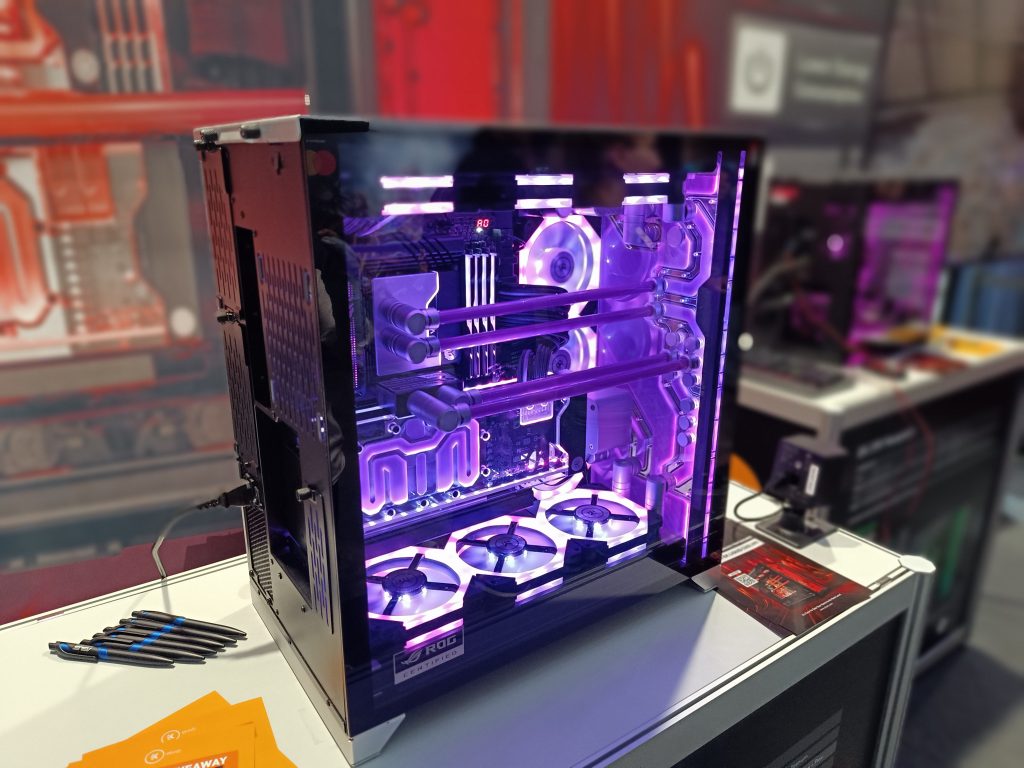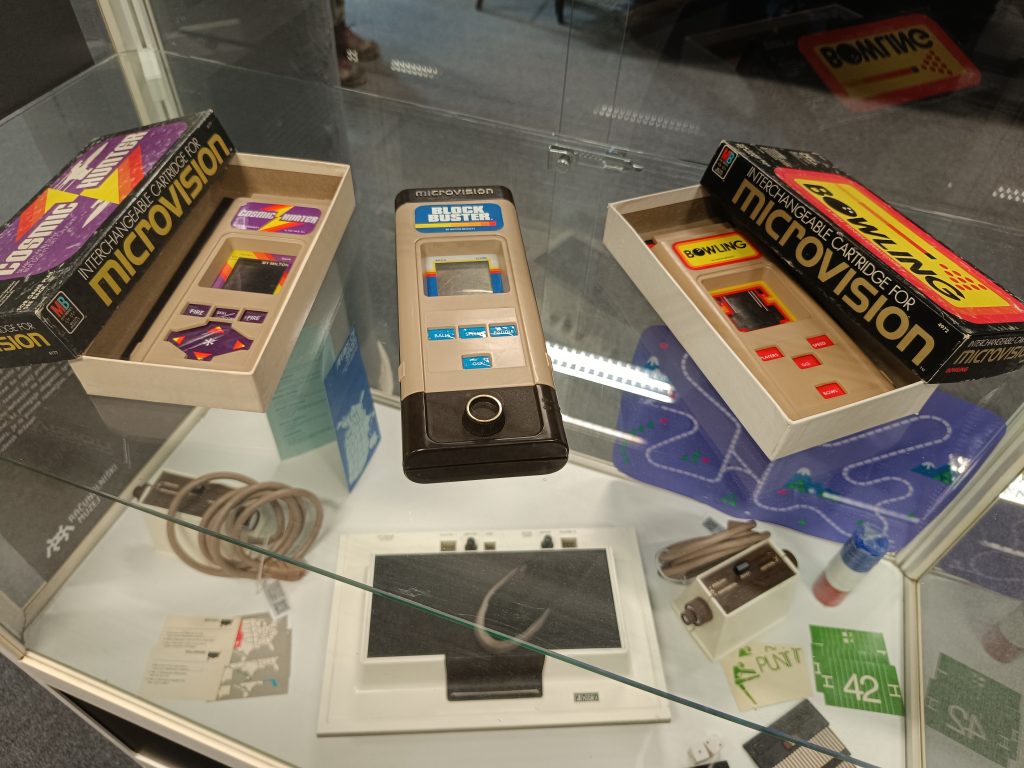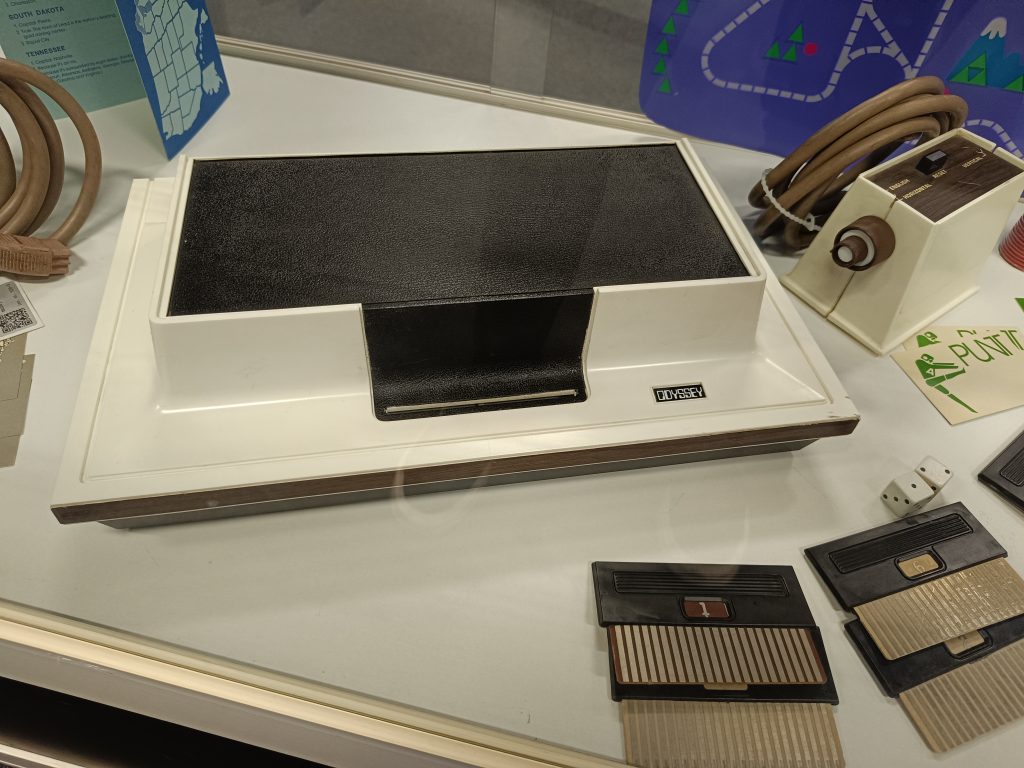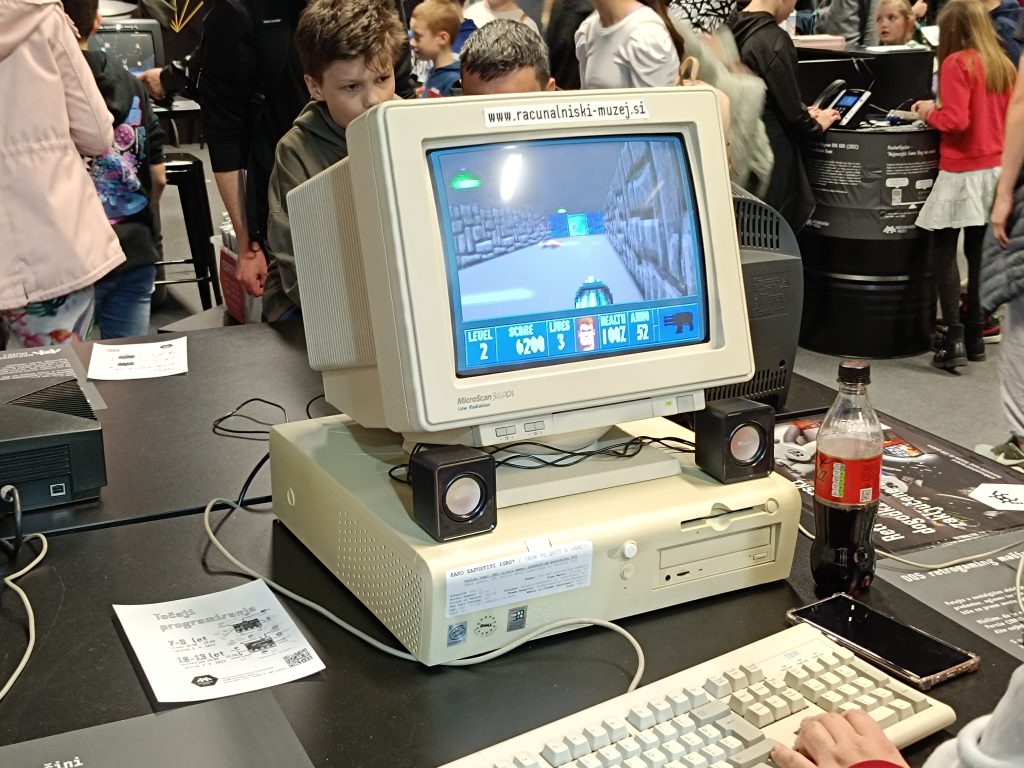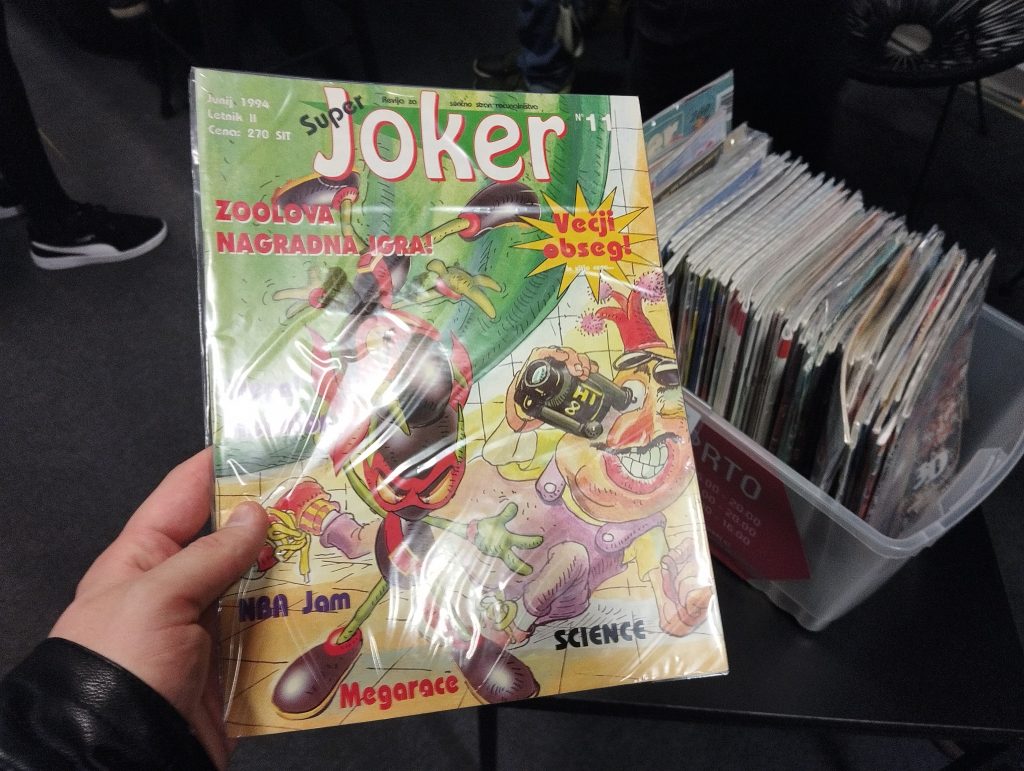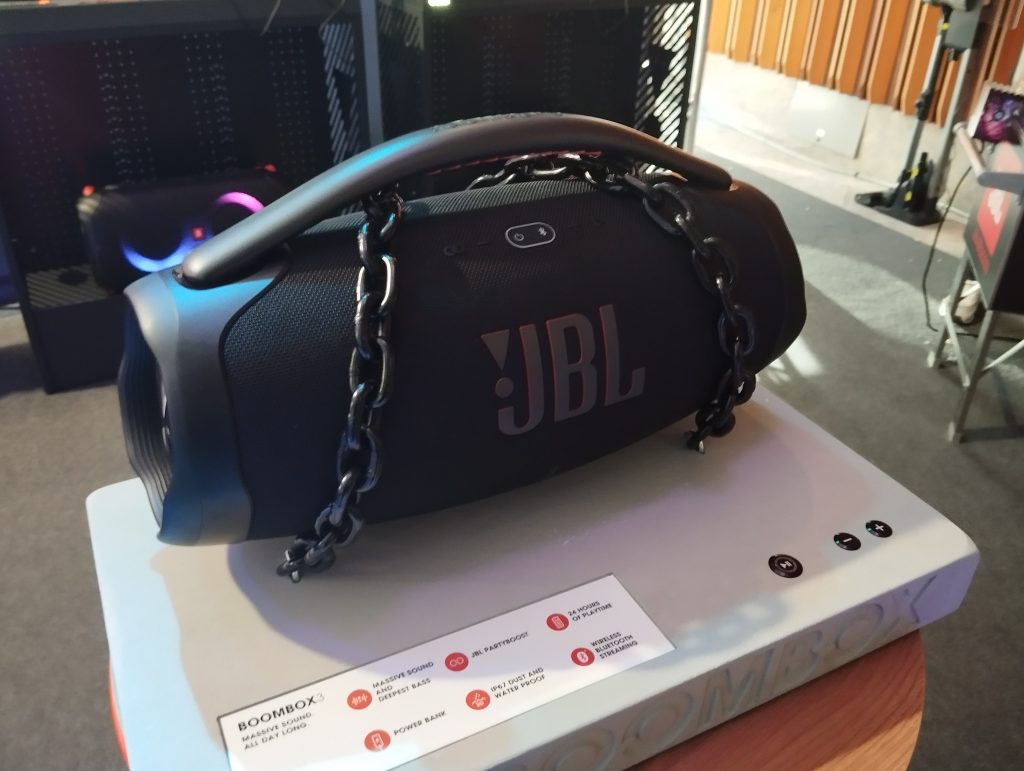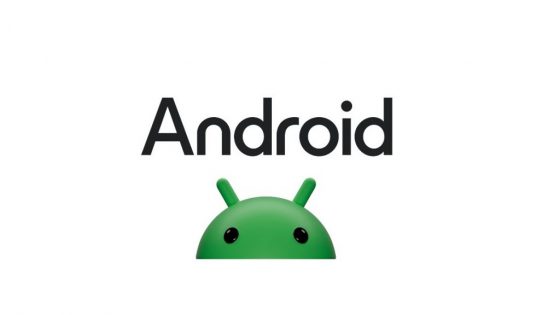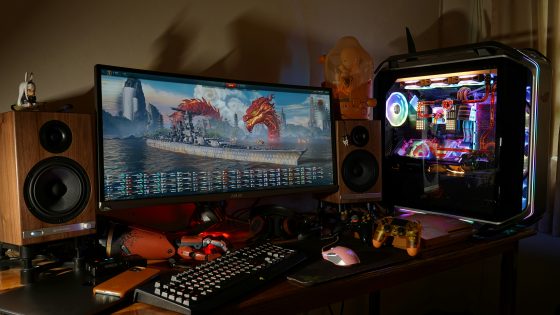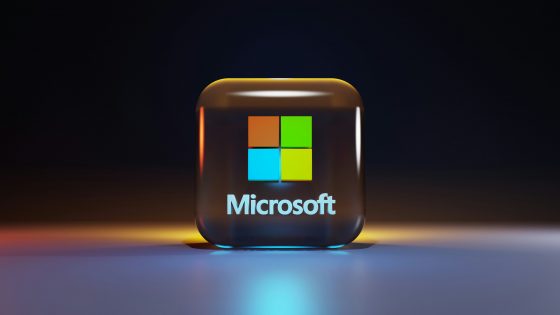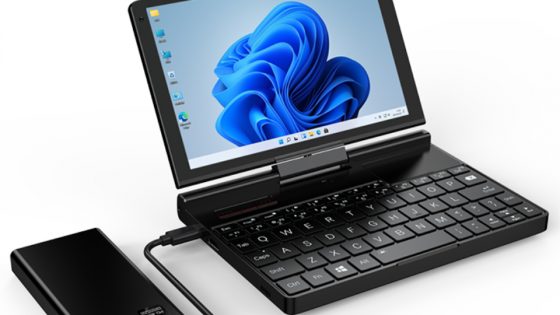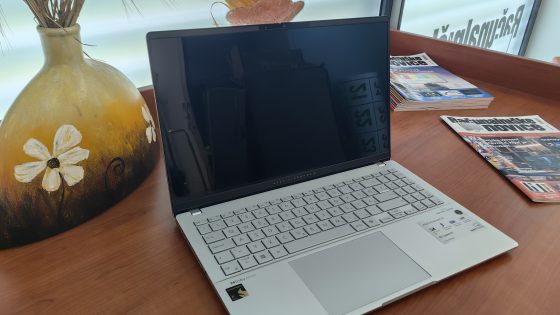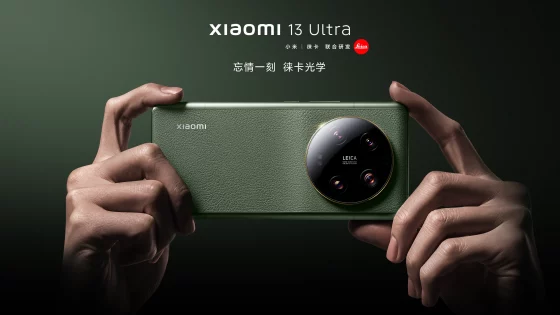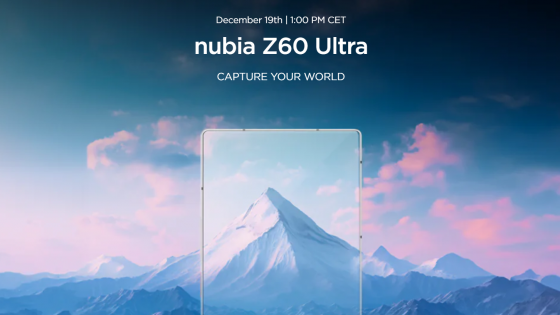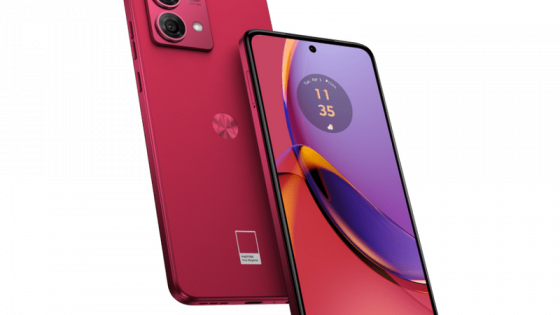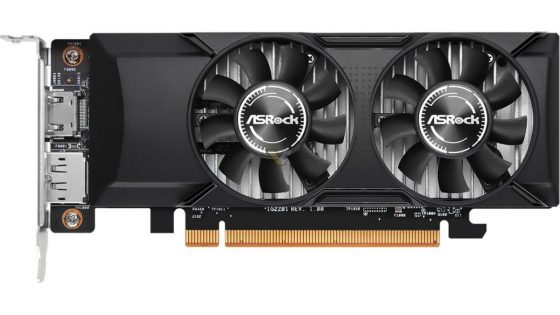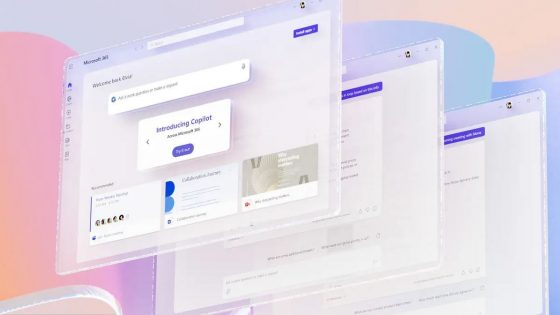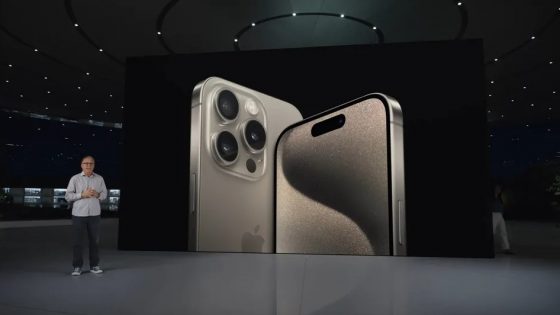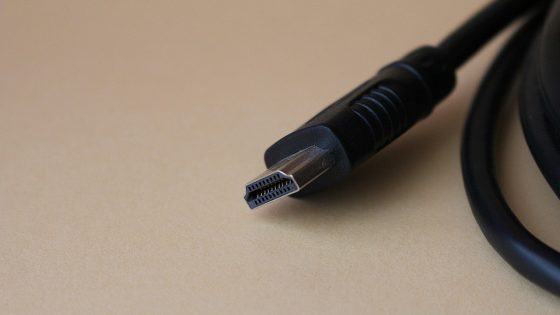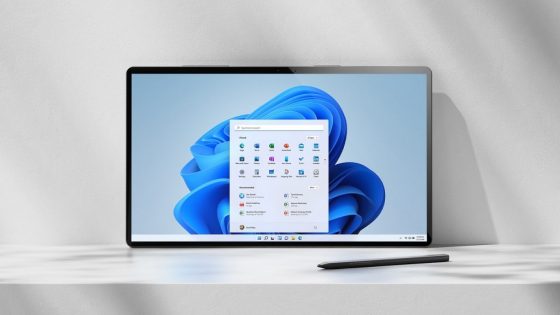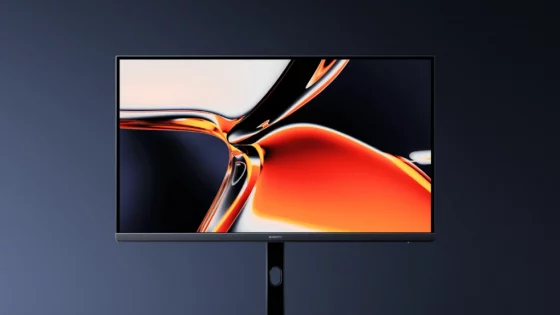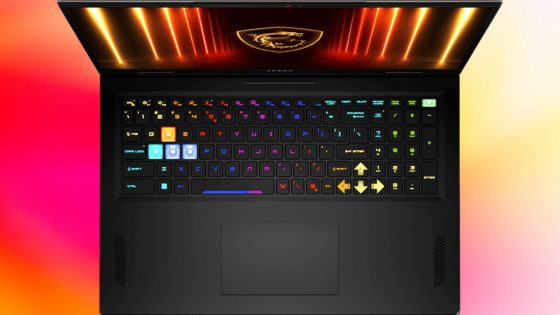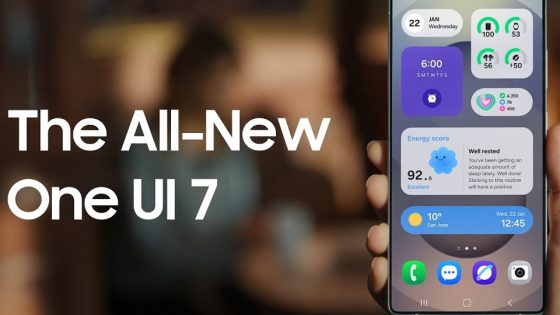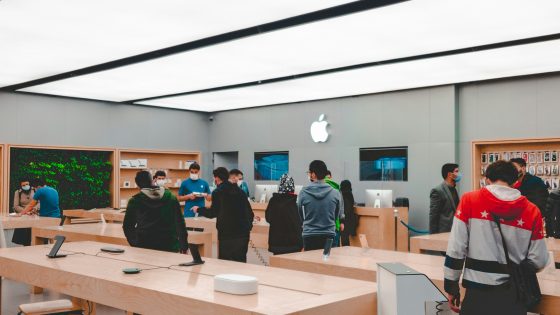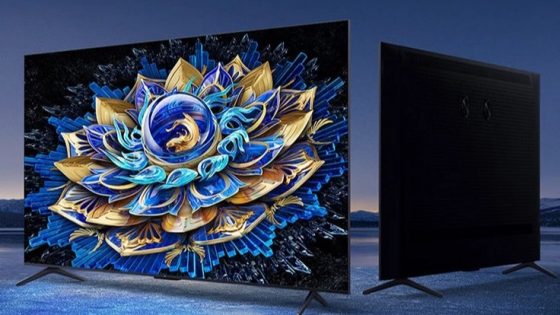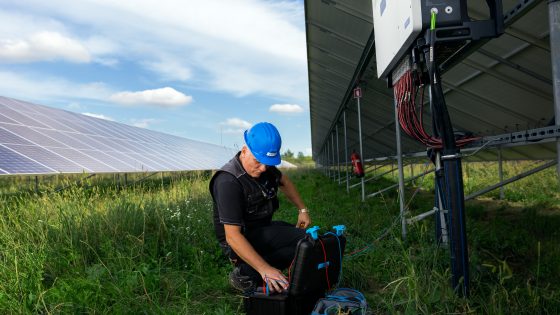Xiaomi Redmi 12 and Redmi 12 Pro test: we have mixed feelings
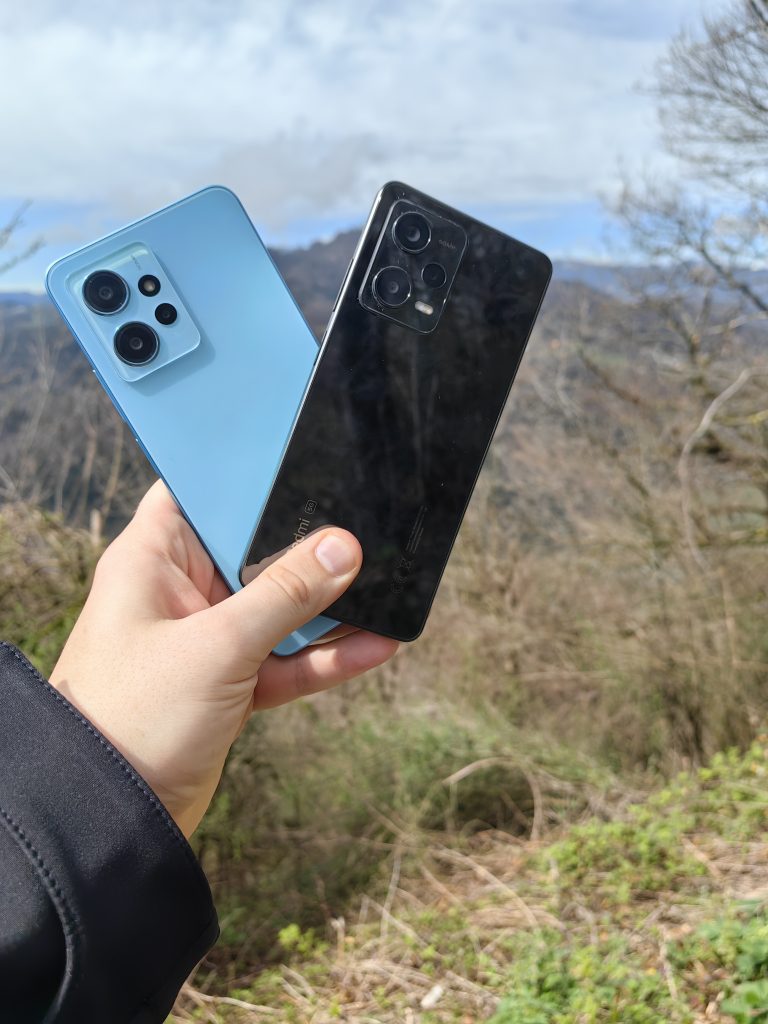
At the event in Athens, Xiaomi presented as many as 4 new Xiaomi Redmi Note 12 models:
- Xiaomi Redmi Note 12 Pro+ 5G
- Xiaomi Redmi Note 12 Pro 5G
- Xiaomi Redmi Note 12 5G
- Xiaomi Redmi Note 12 4G
In the editorial office for a few days we received as many as two newcomers from the latest family of phones, namely the Xiaomi Redmi Note 12 (4G version) and the slightly more attractive Xiaomi Redmi Note 12 Pro. After the POCO phones, this is the second wave of budget phones, which are usually more photography oriented. The Redmi Note 11 series was a more clunky upgrade for our taste, and we'd argue that the Redmi Note 10 family of phones holds the primacy for best value for money.
During a short test, we wanted to make sure whether the Redmi Note 12 phones deserve your attention.
| Xiaomi Redmi Note 12 Pro 5G | Xiaomi Redmi Note 12 |
| ? Dynamic AMOLED screen | ? Dynamic AMOLED screen |
| ? 120-Hz refresh rate | ? Good battery |
| ? Good battery | ? 120 Hz refresh rate |
| ? Fast 67-W charging | ? Average performance |
| ? Usable main camera | ? Camera performance suitable for the price |
| ? Average performance | |
| ? Avoid macro and ultra-wide cameras |
Xiaomi Redmi Note 12 price?
- Xiaomi Redmi Note 12 (4G) 4GB/128GB: €249 (flash sale €199) in grey, green and blue
- Xiaomi Redmi Note 12 Pro 5G 6GB/128GB: €399 (flash sale €329) in black, white and blue
Xiaomi Redmi Note 12: the design remains largely unchanged
Xiaomi Redmi Note 12 and Redmi Note 12 Pro will be hard to tell apart at first glance. Both have flat bezels with slightly rounded edges - a design we've become accustomed to in recent budget phones that want to emulate iPhones. Both will use 6.67-inch AMOLED (Pro version) and OLED (classic version) screens with fairly prominent blackness at the chin. The black or the frames are relatively thin, which improves the feeling that we have almost the entire surface of the screen at our disposal. In the middle is the front 16 MP (13 MP on Note 12) camera without a depth sensor for more secure unlocking with facial recognition.
The design element by which we can distinguish the phone is located on the back. The Xiaomi Redmi Note 12 Pro uses a more premium glass, but it doesn't have any anti-glare or fingerprint smudge coating. If you plan to use the phone without the (supplied) case, the black glass background will lose its shine very quickly and the appearance will not be anything premium despite the glass.
The Xiaomi Redmi Note 12 has a frosted glass back that prevents reflections and smudges. The sample we tested in the editorial office was in a beautiful blue color - a color and material configuration that we would definitely prefer to see in the Pro version (we just don't like the uncoated glass).
The frame of the cameras in both cases is not too prominent, which is also a reflection of the choice of image sensors or their sizes. We like that they painted the camera body the same color as the rest of the phone, and the same goes for the bezels.
They also differ in the placement of physical buttons and slots. The standard Redmi Note 12 has two speaker slots and a USB-C port at the bottom. On the right are the classic volume and power buttons (with a fingerprint sensor). The slot for the SIM and SD card is located on the left side, and the headphone jack is located on the top. We expected an IR blaster, which is usually a common feature in Chinese phones, but we didn't get it this time.
The Xiaomi Redmi Note 12 has a stereo speaker setup, as well as a headphone jack, but lacks support for expanding the space with an SD card. Both phones are rated with the IP53 water resistance standard.
OLED technology brightens up what's happening on the screen
| Xiaomi Redmi Note 12 Pro 5G | Xiaomi Redmi Note 12 |
| 120 Hz 6.67-inch OLED display | 120 Hz 6.67-inch OLED display |
| Dolby Vision, HDR10+, Dolby Atmos | Maximum brightness 1200 nits |
| 1080 x 2400 resolution | 1080 x 2400 resolution |
| Aspect ratio 20 : 9 | Aspect ratio 20 : 9 |
| Corning Gorilla Glass 5 | Corning Gorilla Glass 3 |
There is no shortage of action on the screen. There's a lot of space (6.67 inches), which means that small hands will find one-handed use difficult, if not impossible. Both phones boast OLED colors, good contrasts and an excellent color gamut. They refresh at a commendable 120 Hz, which means you can expect smooth animations and menu transitions. The Xiaomi Redmi Note 12 Pro even has dynamic refresh capability, which means it automatically adjusts the rate between 60 and 120 Hz. This option is missing in the classic version.
The professional example can also boast of support for Dolby Vision, HDR10+ and a maximum brightness of 900 nits, but it often loses the battle in a duel with fairly strong daylight. Similar things happened to us with the classic version of the Xiaomi Redmi Note 12, which is said to have a maximum brightness of 1200 nits, but the two screens were almost identical when used in sunlight.
Like its predecessor, the Redmi Note 12 Pro is protected by Gorilla Glass 5, while the classic version is protected by Gorilla Glass 3. Especially the latter is protection that has been known for years, but for the advertised price, we are satisfied with the fact that we get any kind of protection.
We were disappointed by the performance
| Xiaomi Redmi Note 12 Pro 5G | Xiaomi Redmi Note 12 |
| Mediatek Dimensity 1080 | Snapdragon 685 |
| 8 GB of RAM | 8 GB of RAM |
| 128 GB UFS 2.2 | 128 GB UFS 2.2 |
| Support for 5G network | Access to 4G network only |
Performance is an area where we didn't expect much for the price, but still more than we got, especially in the case of the Xiaomi Redmi Note 12.
The Snapdragon 685 processor found in the Redmi Note 12 is just a tad beefed up compared to its 680 predecessor and doesn't deserve its own dedicated tag in our opinion. In everyday tasks, it is saved by the 120 Hz refresh rate, which ensures that the poor performance is not noticeable. However, when we start multitasking, we get bogged down very quickly.
Synthetic tests also show that the performance has remained at the level of a few years ago. For comparison, the Mediatek 1080, which is also far from being among powerful processors, exceeds the performance level of the Snapdragon processor by quite a few times.
If you plan to use the phone for recreational gaming, you will be disappointed, except for really basic games. With the Pro version, we have enough power available to play more demanding games at a low resolution. There is quite a bit of damping in both cases. We also lost up to 20 % capacity when playing Genshin Impact for a long time.
The 128GB internal drive configuration is becoming insufficient in 2023. In the case of the Redmi Note 12 Pro, which supports 4K recording, a serious photographer can fill up the default drive very quickly. The Note 12 has the option to expand the space with an SD card, which solves the problem. We don't have that privilege with the Note 12 Pro. UFS 2.2 drive technology is expected to be built in, which we have already discussed in previous tests. We really want manufacturers to make the transition to UFS 3.0 even in the budget class. It is a relatively inexpensive way to significantly extend the life of your phone. Undemanding users will not feel the limitations of the older drive technology, at least not initially. After a year or two of regular use, however, when combined with an average processor, slowdowns may begin to appear.
The 8 GB capacity of the system memory is commendable, which will not be used up even by the most demanding user, and the processor, which is not built for power users, will take care of this.
Synthetic tests of Xiaomi Redmi Note 12 Pro
Synthetic tests Xiaomi Redmi Note 12 4G
The capacity of 5000 mAh in both the classic and Pro versions is sufficient for more than one day of average use. The charging speed is rated at 67W for the Redmi Note 12 Pro and 33W for the Note 12.
Only the main camera is usable
| Xiaomi Redmi Note 12 Pro | Xiaomi Redmi Note 12 4G |
| 50 MP (f/1.9) OIS main camera | 50MP (f/1.8) |
| 8 MP (f/2.2; 120°) ultra-wide camera | 8 MP (f/2.2; 120°) ultra-wide camera |
| 2 MP (f/2.4) macro camera | 2 MP (f/2.4) macro camera |
| 16 MP (f/2.5) HDR | 13 MP (f/2.5) HDR |
Our opinion of low-resolution macro and ultra-wide cameras remains the same as in the past, or has only strengthened. They are available as a photography option, but lack the sophistication to produce decent photos. In perfect light, we would still argue that at times they manage to take partially useful photos, but on the condition that the image is not zoomed in even a tiny bit.
If you would like to take a close-up photo, you should make an effort with the main camera, which on the Redmi Note 12 Pro is at a significantly higher level than on the Redmi Note 12, thanks to the more advanced IMX766 switch with optical image stabilization and a better processor.
The contrast is at a higher level, the night pictures even have some color range, and in good daylight the photos captured by the main camera are more than useful for posting on social networks.
The ultra-wide camera also delivers a notch or two worse photos, with very pale colors and a lot of noise at the edges.
Zoom photography is a sad event. Up to about 3x magnification, the Note 12 Pro can still deliver satisfactory photos with post-processing. At higher magnifications, you will also delete the photos immediately after capture.
Redmi Note 12 Pro can record in 4K (30 fps) resolution, Note 12 is limited to 1080p, which is also the maximum resolution of the front camera.
In short, the Xiaomi Redmi Note 12 delivers the photos we expected for a price of just under €250. The Redmi Note 12 Pro, which costs almost twice as much, delivers much better shots, but still not at the level of its direct competition, such as the Samsung Galaxy A53 or even its cousin the POCO X5 Pro.
It was incomprehensible to us that the Note 12 Pro, i.e. the more expensive version, has Android 12 installed, while the significantly cheaper Note 12 has Android 13. At the time of the test, we did not have the option of upgrading to Android 13. If this will change after the official release on the European market , we will update the article.
Redmi Note 12 Pro image gallery
Redmi Note 12 Image Gallery
Final opinion
We have to admit that the Xiaomi Redmi Note 12 and Note 12 Pro did not really impress us. The OLED screen, which refreshes at 120 Hz, stands out in the €200 phone class, but still not enough to recommend it to anyone without hesitation. It also lacks the 5G network support found in the special Note 12 5G model. This division into 4G and 5G versions is not the most thought-out for us in 2023.
The same goes for the Note 12 Pro, which doesn't really have a standout feature to set it apart from the competition. The screen is good, the main camera is decent, charging is fast, but the same features are found elsewhere.
In the range of 200-300 euros, we would rather recommend the POCO M5 or the Galaxy A23, or we recommend that you jump to a higher class (up to €400), where in addition to the Note 12 Pro, you can choose from the already mentioned POCO X5 Pro, which is also suitable for gaming games, the Galaxy A53 (and possibly the upcoming A54), the Google Pixel 6a, and quite a few other contenders.
For us, the Xiaomi Redmi Note 12 Pro and Note 12 are just a refresh of last year's models. The Xiaomi Redmi Note 12 Pro+ is a much more attractive option, mainly due to its 200 MP camera and 120 W charging. The only thing that bothers us is the high price (around €500) and the identical processor as the Note 12 Pro.



